Did you know the demand for commercial office space in certain urban hotspots is skyrocketing to unseen levels? This building boom is reshaping cities and economies, but what’s driving this trend at such a frantic pace?
As businesses adapt to changing work environments, the need for prime office locations has taken on new urgency. Knowing why some locations are now hotter than ever is crucial for both investors and entrepreneurs alike.
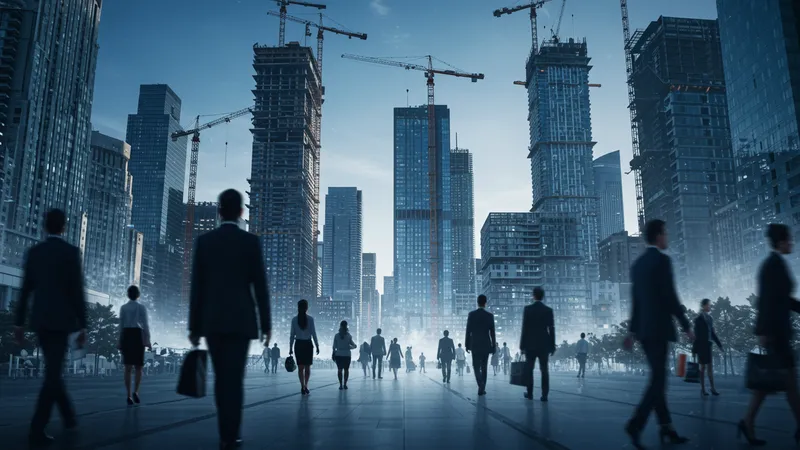
Surprisingly, it’s not just tech giants gobbling up space, but creative industries and start-ups are diving into these high-stake markets. Areas like Manhattan and Silicon Valley have led the charge, causing fierce competition and jaw-dropping lease agreements. But that’s not even the wildest part…
The rush for the best spots has birthed unconventional concepts, including office-sharing arrangements and outdoor workspace integrations. These innovative solutions are driving a different kind of workspace revolution. But who are the unlikely leaders forging the path? What happens next shocked even the experts…
What most people don't realize is that this surge in demand isn’t solely driven by companies looking for prestige. Behind the scenes, tax incentives and zoning changes are powerful catalysts. Cities are eager to attract business by offering lucrative deals, turning commercial buildings into veritable gold mines overnight. But there's an unexpected player also influencing this demand...
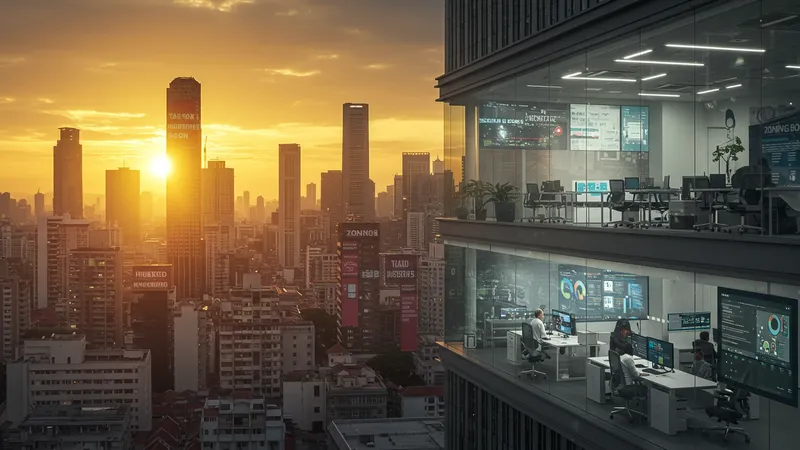
The rise of hybrid work models is adding complexity to this picture. With teams divided in-office and remotely, companies are strategizing to create hubs that foster productivity and entice talent back to these locations. This isn’t just about the space but about creating experiences that make office life appealing again. But there's more to consider...
Environmental sustainability is becoming a foundational element of these new spaces. The demand for ecologically responsible buildings that comply with new regulations is a huge factor. Developers are now prioritizing LEED certifications, which can significantly affect leasing strategies and long-term returns. Yet, an unexpected trend among newer companies might turn this on its head...
A rapid transformation in coworking dynamics is shaking things up. As businesses seek flexibility over long-term contracts, shared and temporary spaces are becoming prime assets. This evolution in office culture hints at a future where office ownership might become the old guard’s game. But there's a striking detail you can't ignore…
One consistently overlooked factor in this demand surge is the role played by international businesses. Many foreign companies are setting up in these booming sites to capitalize on emerging market opportunities. By embedding themselves in these bustling ecosystems, they gain immediate access to pivotal networks and resources. Yet, it's the smaller players that are shaking up the norm...
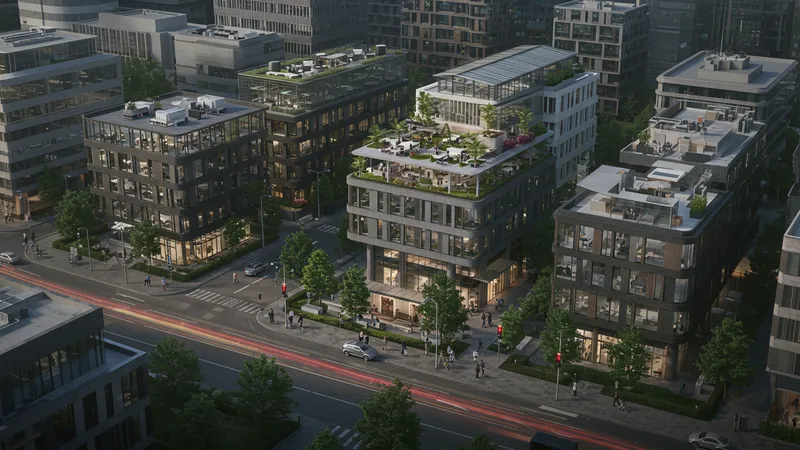
The tech industry, while prominent, isn’t the only vibrant sector. Creative industries, fledgling start-ups, and even media outlets are aggressively seeking prime spots. They're leveraging the dynamic environments these locales offer to foster innovation and synergy beyond the digital domain. The trend is clear, but the reasons are often surprising...
Some of the most profitable real estate is being claimed by companies emphasizing community integration. They are creating spaces that not only serve corporate purposes but are also designed as cultural and social hubs. These diversified uses appeal broadly and increase foot traffic which escalates their value. But why seize only commercial benefits?
The consumer-driven shift towards flexible spaces is changing the strategic map for urban planners. By facilitating mixed-use spaces, cities hope to keep the pulse of economic activity steady, but it comes with its own set of challenges. A closer look reveals a twist in investment focus that nobody saw coming...
In the wake of the pandemic, traditional office spaces are becoming nearly unrecognizable. The pivot towards hybrid work has left many conventional setups outdated and irrelevant. To remedy this, businesses are investing in redesigns that prioritize wellness and collaboration—two vital components that modern job seekers find irresistible. But there's a hidden layer to this evolution...
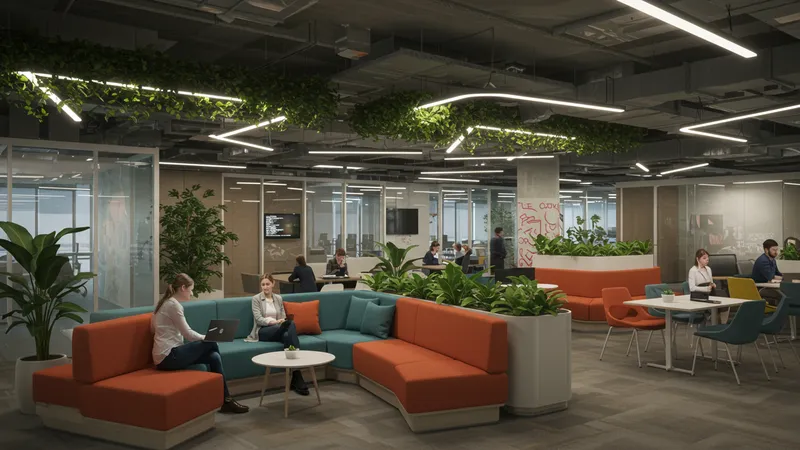
These new-age office spaces are incorporating elements traditionally found in social venues. Think cafes, open lounges, and creative labs interwoven into the office landscape. This blend is not just about aesthetics; it’s a strategic play to keep up with a rising workforce that values social connection as much as professional growth. Yet, there’s another unexpected wave changing office dynamics...
Digital transformation continues to drive significant change here, with spaces now being equipped with high-tech solutions offering virtual collaboration and security innovations. The integration of smarter technology not only enhances efficiency but also adds a tech-savvy edge that appeals to forward-thinking companies. Still, there’s an underlying trend reshaping office cultures that goes unnoticed...
The decentralization of business operations means smaller, flexible offices now pepper secondary cities, creating new mini-headquarters that offer reduced overheads without compromising on connectivity or accessibility. Companies strategically placing themselves in these less-congested areas have seen unexpected growth benefits. Could this be the start of a revolutionary shift in office real estate strategy?
Prime office space doesn’t come cheap, and its cost-effectiveness is deceiving. Many businesses initially misjudge the financial balancing act required to sustain such endeavors. The rental expenses are just the surface; operational costs escalate rapidly when factoring in maintenance, utilities, and updates to meet eco-regulations. But there’s a surprising silver lining...
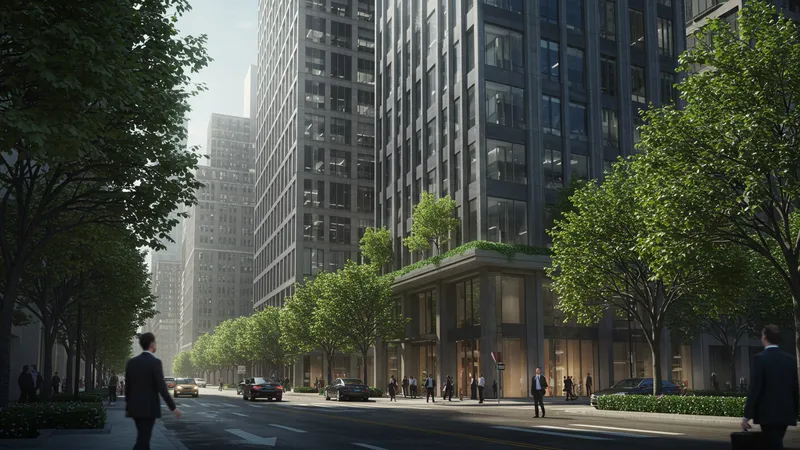
Paying a premium does come with distinct advantages, primarily in the form of geographical prestige and networking capabilities. High-demand locations often attract elite talent, who see the commute or relocation as part of climbing the corporate ladder. The unspoken advantage lies in the real estate's reputational currency...
On the flip side, some companies prefer strategically bypassing these high-demand sites. They've found that saving on office costs and diverting funds into talent acquisition or innovation hubs can yield better long-term dividends. It’s a financial strategy not many initially consider, but those who do often report surprising gains in creativity and productivity. But is it a universal truth?
The pressures of economic downturns also temper this landscape. Companies opting for a middle path acquire shared spaces for team gatherings while promoting remote or decentralised working during fiscal dips. This adaptability not only reduces financial stress but also offers agile solutions for team dynamics, opening a world of unexpected opportunities and partnerships...
In reinvention lies untapped potential—hybridized offices are fast emerging as frontrunners in this evolution. Combining permanence with flexibility, they cater to varied workforce needs while optimizing spatial usage. Such hybrid setups afford companies scalability, a crucial advantage in unpredictable economies. But there’s a twist...
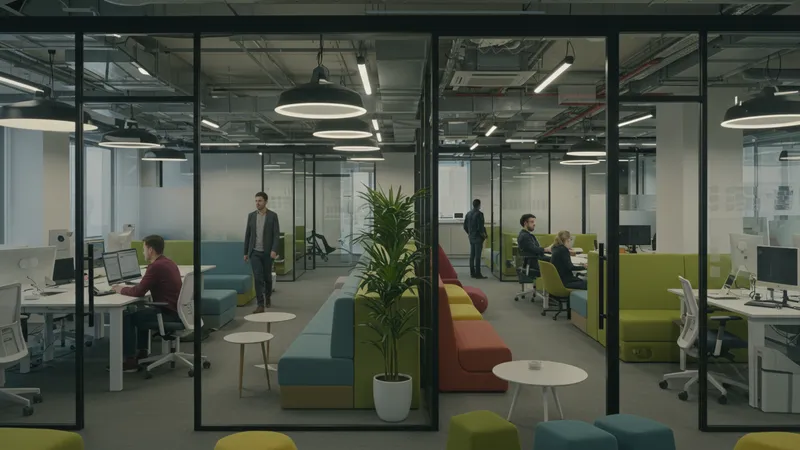
This flexible approach isn’t solely confined to physical attributes. Many are transforming their in-office strategies to complement changing employee expectations on work-life harmony, talent retention, and engagement. The diverse use of spaces promotes collaboration and idea generation, which is now seen as indispensable for progress. Yet, another facet deepens this perspective...
Real estate firms have taken notice, shifting focus to customizable experiences catered to specific business models. This personalization trend is not simply a market strategy; it’s a reflection of workplace identities reshaping how companies envision spatial engagement. As these tailored solutions proliferate, a question of long-term efficacy arises...
The future of hybrid office spaces may hinge on the ability to evolve dynamically alongside technological innovations. From adaptive layouts responding to data analytics to environmental awareness-driven designs, the challenge is ongoing. This persistent change signals a transformative shift, heralding in new standards that may redefine how we connect with our workspaces...
While brick-and-mortar will always have its place, the rise of virtual offices is rapidly altering the landscape. Companies are exploring entirely digital models, leveraging cloud technology and virtual reality to create immersive meeting experiences without physical constraints. However, there’s an unexpected edge that physical spaces lack...
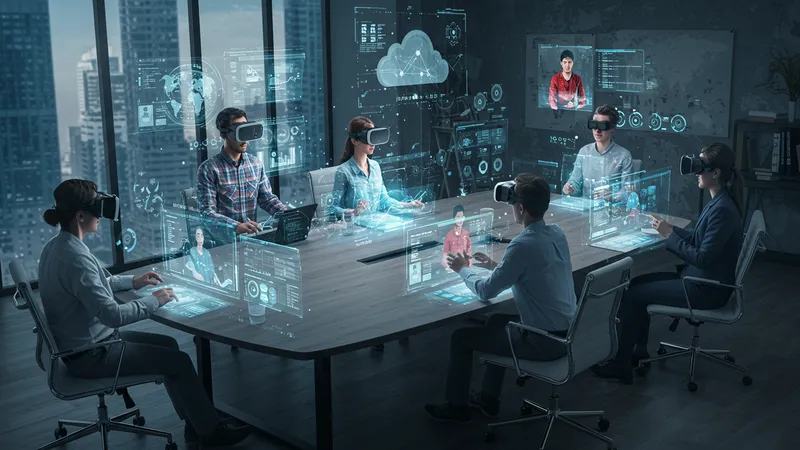
This surge in virtual adoption transcends overtly practical considerations, fostering an environment where global teams can collaborate effectively. Communication tools now bridge cultural divides and time zones with surprising ease, catalyzing productivity in ways traditional frameworks could never anticipate. Guess who’s leading this virtual charge...
The autonomy offered by virtual spaces allows for bespoke operational styles that may not fit traditional molds. It endows businesses with the liberty to customize their workspace as per fluctuating needs, from downsizing to temporal expansions without the hefty commitments associated. Companies are even designing virtual culture experiences that significantly impact employee satisfaction. But can virtual really fully replace physical?
There’s a backlash too; teams miss out on the spontaneous, creative sparks that in-person interactions offer. Companies are experimenting with hybrid models—integrating both physical offices and virtual environments to strike a balance. This dual approach isn’t just about facility availability but defines an innovative standard many others might soon follow...
A new wave of office flexibility is redefining what it means to hold prime real estate. Businesses taking pride in the ability to pivot rapidly are reclaiming the traditional definitions tied to status and success. It’s no longer just about the address but the ability to adapt and thrive in multifaceted environments. But what are the hidden challenges?
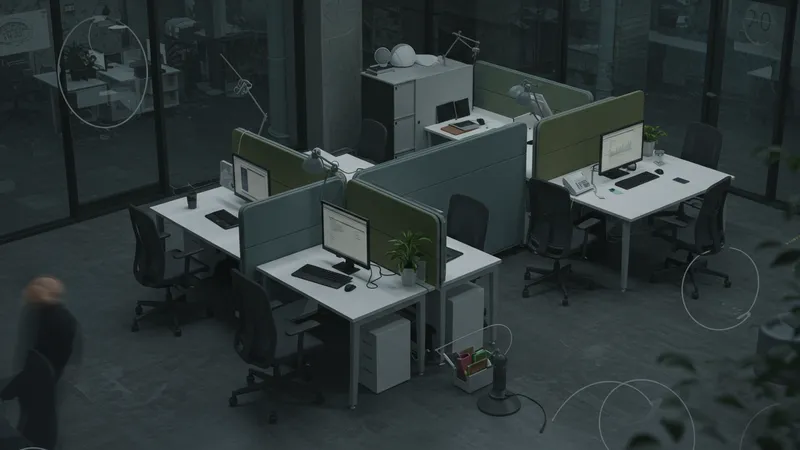
With fluidity as the linchpin, flexible workspace solutions encourage teams to work from whichever environment best suits the task, leading to a dynamic collaboration model. However, it introduces heightened complexity in terms of management and organizational coherence. As these challenges rise, the evolution continues...
Agile workspaces aren’t just an operational policy but a strategic symbol of resilience company-wide. The transition reflects a deeper competitive edge—attracting innovative minds looking for environments where they can self-direct yet remain connected. While traditionalists may see it as a risk, the reality is far more nuanced and beneficial in the long run. What’s the catch?
The paradigm demands organizations to foresee needs for future scalability and integration of emerging technologies such as AI-driven analytics. Long-term success hinges on utilizing these solutions to address unforeseen changes in work culture. As these insights unfold, they present opportunities for those willing to embrace the office of tomorrow today...
Sustainability isn’t just a buzzword. It’s laying the foundation of next-gen office designs, with each decision reflecting a commitment to environmental stewardship. Office buildings are moving beyond simple compliance to eco-friendly practices, becoming active facilitators of sustainability. But there’s more beneath the surface...
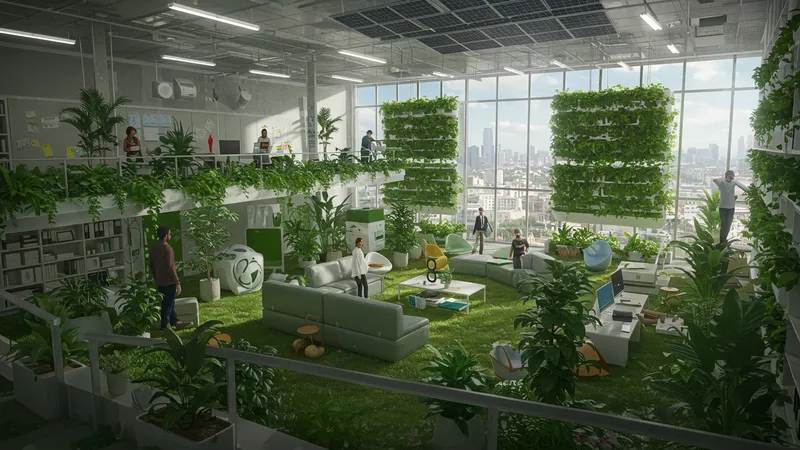
Green certifications, energy-efficient systems, and sustainable materials are becoming new industry norms. These add a distinct appeal to properties, potentially increasing value and desirability. Such forward-thinking designs might also help retain talent, appealing to a workforce that prioritizes ethical commitments. Not all stories of green upgrades end there...
While eco-design reduces the carbon footprint, it also propels a brand into a complex landscape where economic benefits and potential pitfalls coexist. The initial investments are high, testing company resolve and stakeholder patience. Yet, when embraced fully, businesses often find unexpected community support and partnerships, enhancing reputational value. But how sustainable can one truly be?
The rising tide of green architecture brings with it an imperative to remain informed about new developments. Sustainable innovations are fast-paced, and those failing to adapt risk obsolescence. Being on the forefront requires anticipating change rather than reacting, using sustainability as a tool for broader, long-term business strategies and ecological viability...
Start-ups are shaking up the office space arena with unconventional approaches that defy traditional models. By championing flexibility, open environments, and multi-use spaces, they set new benchmarks for productivity and creativity. Yet, there’s a hidden trend that distinguishes them...
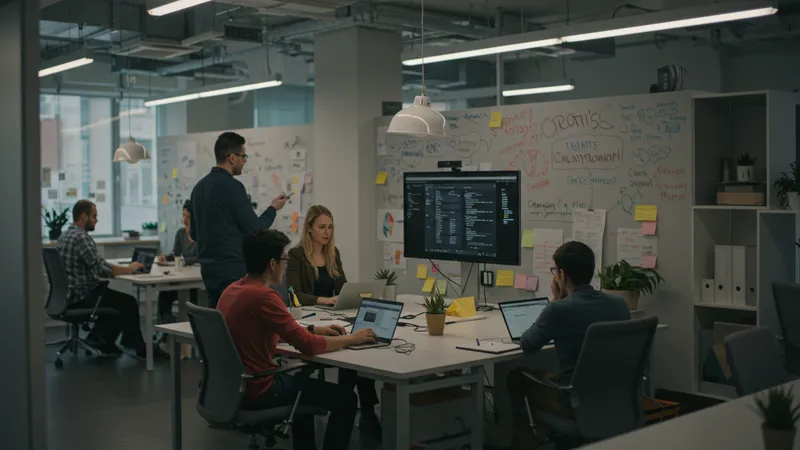
These young companies are often fueled by the need for agility, employing technology to its fullest potential to attract talent and push boundaries. Their culture thrives on breaking norms and redefining the paradigm of what an office should be, fostering an environment brimming with inspiration. However, what's on the horizon might redefine everything...
These offices defy rigidity, reflecting an ethos of constant evolution. With a natural inclination to innovate, start-ups may very well be crafting holistic environments where boundaries blur between work, leisure, and social interaction. The focus remains on fostering a holistic vision where collaboration yields perpetual motion and growth. But are they really unlimited by constraints?
Amid these changes, the challenge remains to maintain a balance between innovation and operational control. The pioneering tactic of integrating remote and physical offices offers a diverse palette for interactions yet requires astute management to maintain coherence. Can these start-ups lead a revolution that giants will soon follow, or will practicality realign their roadmaps?
A new wave of technology is setting benchmarks for office developments. Smart building technologies, augmented reality, and IoT-driven systems are refining what modern office spaces can achieve. They not only enhance user experience but also introduce efficiencies previously unimaginable. But there’s a catch...
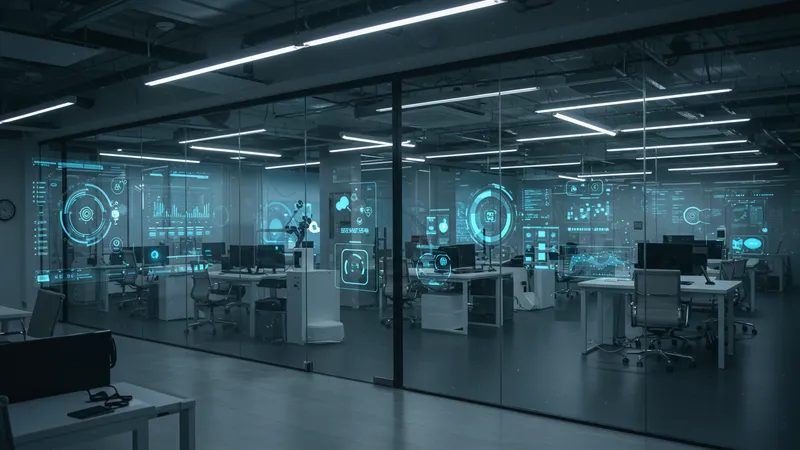
These advancements come with a hefty price and a learning curve that can be intimidating for businesses relying on legacy systems. The challenge lies in seamlessly integrating them into traditional frameworks without disrupting business continuity. Yet, some companies have leveraged them for unparalleled gains and insights...
In cutting-edge offices, data analytics are integral to optimizing space usage and enhancing employee experiences, while innovative tech bridges virtual interactions with physical presence, expanding networking capabilities. This blend is revolutionizing work environments, offering a seamless transition between digital and physical realms. However, the issue of cost looms large...
Adopting new technologies often leads to unforeseen changes in financial planning. Initial integration costs and ongoing maintenance create a dual challenge for businesses eager to harness these tools. Yet, strategic investment in tech-driven developments can transform business processes, culture, and possibilities, sparking debates on future feasibility and growth. How will this tech landscape evolve?
Location impacts aren't limited to logistics—they echo throughout organizational culture, affecting everything from morale to operational efficiency. Prime locations offer more than prestige; they create a vibrant, attractive workplace that draws talent. But there's a twist...
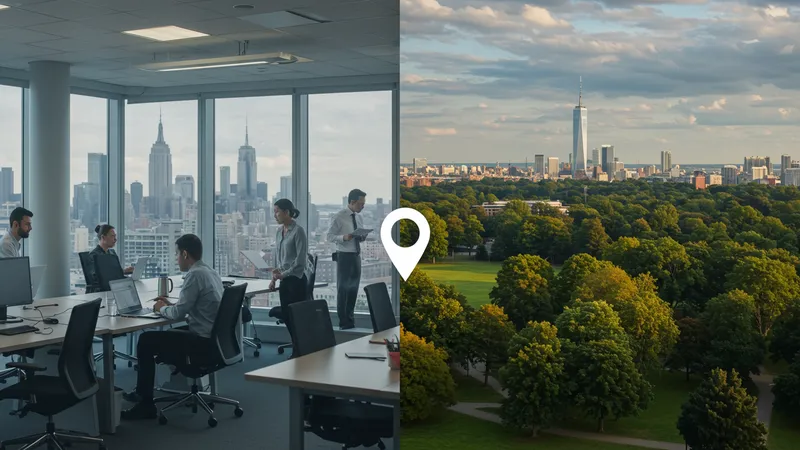
Proximity to dynamic, urban cultures can infuse office environments with energy, inspiring creativity and cohesion among teams. Yet, the challenge lies in maintaining this vibrancy once the allure of the location fades or market conditions shift. Meanwhile, suburban spaces present an intriguing contrast...
Suburban offices offer a balance between tranquility and occasional urban access. The choice can result in long-term savings and a unique work-life balance, but there’s an underlying risk of isolation if not managed well. As businesses reevaluate the cultural impact of these decisions, a new dynamic unfolds...
Companies must acknowledge how culture extends beyond just physical settings. The interplay between culture and location challenges organizations to reimagine office dynamics, leading to innovations that redefine business landscapes. Balancing heritage and modernity amid location-based decisions creates brands willing to take calculated risks for cultural integration. Where is the future of culture-bound development heading?
The race for high-demand office spaces continues to evolve, driven by changing work cultures and technological advancements. As businesses adapt to hybrid and remote work models, the demand for flexible, well-located workspaces remains strong but nuanced. What's next in this volatile market?
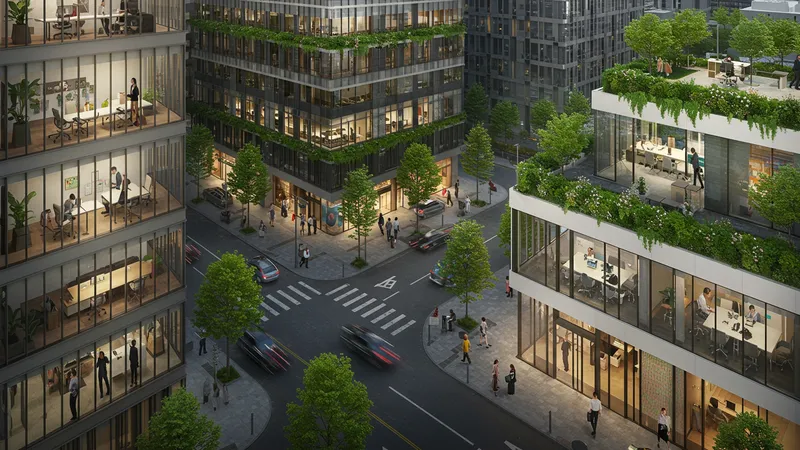
Cities will likely see a mix of traditional offices and innovative workspaces, offering companies the adaptability needed to navigate uncertain times. The growth of secondary markets presents fresh opportunities, especially for industries that flourish in collaborative atmospheres. What's the ultimate game-changer emerging in these transitions?
Attention to employee experiences will heighten expectations for workspace design, with locations once seen as niche becoming generalized hubs of ingenuity. Such shifts require proactive planning, as the landscape brims with both challenges and prospects, bringing unforeseen adaptations. It’s all about who can see beyond the present...
Looking ahead, the burgeoning focus on sustainable practices will dictate the success of office developments. Businesses mastering this balancing act between profitability and integrity will become key players in redefining office space utility. This journey holds the promise of turning ambitions into reality, beckoning those daring to tread innovative paths...
The future of commercial office spaces in high-demand locations is nothing short of transformative, offering unexpected opportunities, challenges, and evolutions that are nearly unimaginable today. For those at the helm, the task is not just navigating these changes, but doing so with vision and adaptability. Will you be part of this journey into the unknown?
Share this insight with your network, bookmark it, and watch these shifts unfold. Every leap into the future starts with a question: What bold steps will redefine your workspace strategy?